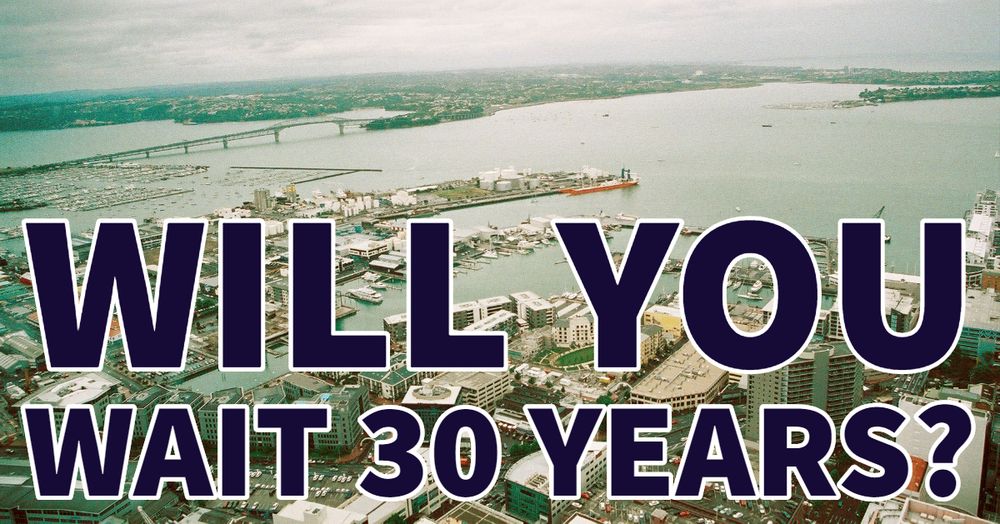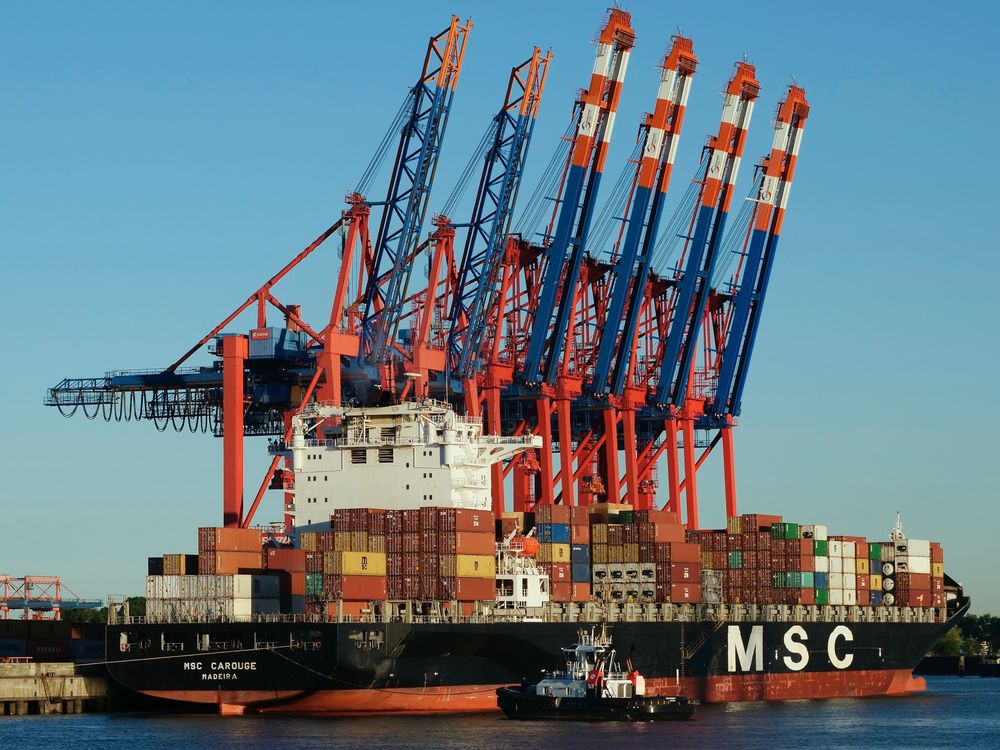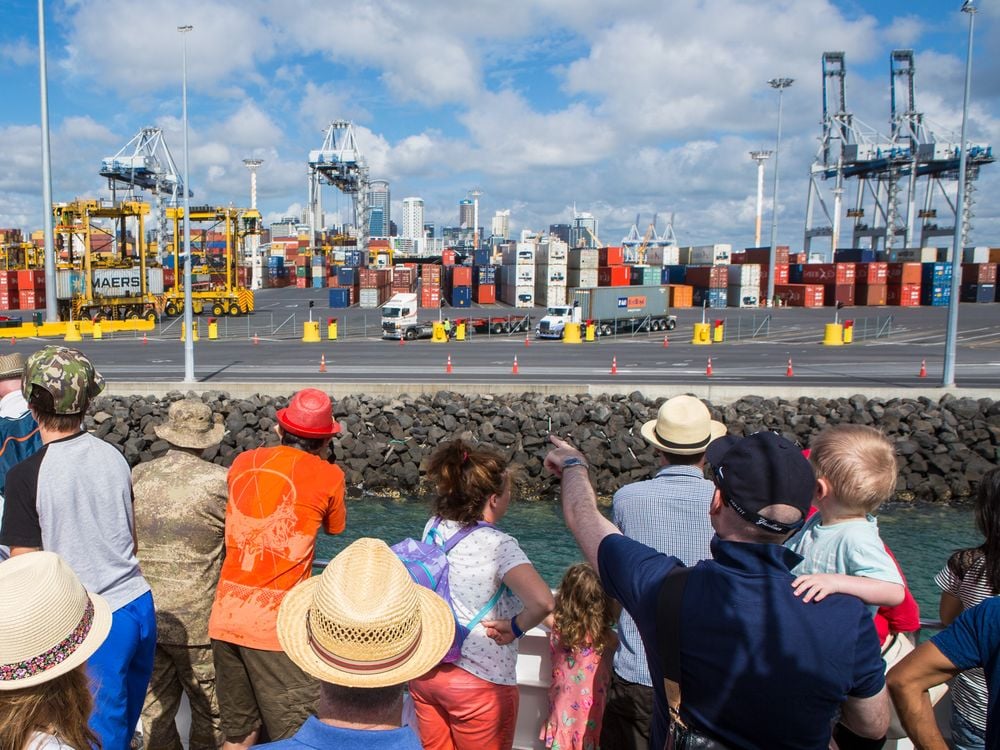
3 Recommendations Where to Move the Ports of Auckland
5-minute read
There is one thing that the freight industry needs to see come from the Upper North Island Supply Chain Strategy review which the Government is finally getting underway – a result.
By that, I mean clear recommendations that oblige the Government to take action, in order to give us a way forward for the manner in which the ports, rail and roads in the upper North Island will develop over the next 30 years.
The reason I talk about the need for a “result” is that there have been several false starts towards closer supply chain integration over the last couple of decades and nothing has ever come to fruition in terms of producing a pathway either for port rationalisation or for the supporting land-based infrastructure.
There have been several “stand-alone” examples of inter-port connections.
Port of Tauranga’s 50% investment in Northport (and Ports of Auckland’s 19.9% stake in Marsden Maritime Holdings) was aimed at taking advantage of current opportunities or laid the foundation to take advantage of future regional trade growth.
The proposed merger between Tauranga and Auckland could have produced major change was scuppered by Ports of Auckland’s ultimate parent, the-then Auckland Regional Council. Subsequently, the two ports have continued to compete vigorously.
Back in 2012, we had the Upper North Island Strategic Alliance representing councils in the Northland, Auckland, Waikato and Bay of regions which are the principal shareholders in the three ports.
It commissioned a report into future freight demand and infrastructure supply at the Upper North Island (UNI) ports of Auckland, Tauranga and Northport over the next 30 years.
Specifically, the report looked at three options.
First was establishing a container terminal at Northport, to incrementally take over Auckland operations. It knocked this back on the basis of expense, road congestion between Auckland and Whangarei and increased supply chain cost for importers and exporters.
Option two was to manage Auckland’s growth elsewhere, in effect implying that Tauranga takes container growth and North port takes bulk growth, and option three was establishing an entirely-new port, somewhere close to Auckland.
This was dismissed as being unlikely to make economic sense.
Overall, the report suggested the UNI port network had the capacity to meet the freight task over the next 30 years but this required “substantial operational efficiencies as well as incremental investment in infrastructure including the uptake of consented berth developments, reclamations, and channel and berth deepening.”
The ports have indeed invested plenty in capital projects since then, but this has been done individually, with each endeavouring to maximise its commercial offering rather than working within an overarching plan for the UNI supply chain.
Then in 2016, we had the Auckland Port Future Study which was also asked to look at freight estimations for the next 30 years.
It took into account that no further reclamation beyond what was already consented in the Auckland port precinct was going to occur and that that capacity will eventually constrain the port’s ability to meet future freight and cruise demands.
The study was also required to think at least 50 years ahead for future location options for the port, and it recommended more detailed investigation on building a new port at Manukau or the Firth of Thames.
Northport was discounted as an option, but subsequently, Ae political agenda of New Zealand First brought Northport back into the equation as being worthy of “serious consideration”.
All the above studies, research and investment have not produced any overarching plan for the Upper North Island ports nor their supporting landbased structure.
Now, we have what the Government says is “a comprehensive Upper North Island logistics and freight review to ensure New Zealand’s supply chain is fit for purpose in the longer-term”.

The question is, will it produce recommendations that the Government can translate into hard policy?
At this stage, I’d say there are some positive portents. For a start, the Government recognises that there is a need for a plan because about 55% of New Zealand’s freight originates in or is destined for, the Northland, Auckland, Waikato and Bay of Plenty regions.
It is also good that the focus is wider than ports alone. The terms of reference allow the review team to look not just at moving the location of the Ports of Auckland, but also at addressing the priorities for investment in rail, roads and other supporting infrastructure.
Another positive is that the independent working group of experts will report not just to one minister but to three – the Ministers of Finance, Transport, and Regional Development.
That fact – plus the fact that the Ministry of Transport, the NZ Transport Agency and the Ministry of Business, Innovation and Employment have all been tasked with providing support to the working group – suggests that this is being taken seriously across all of Government.
I am apprehensive about the composition of freight study groups unless there is a strong representation of freight/shipping/ports/logistics experience within the group.
On that score, this group of six includes Noel Coom and Greg Miller (whose star must be in the ascendant with NZ First, given he has also been appointed the chair of KiwiRail).
The working group chair is Wayne Brown, whose background is in local government and health boards, and the group is completed by an engineering consultant, Susan Krumdieck, a lawyer, Sarah Sinclair, and an economic analyst, Shane Vuletich.
That is the spread of skills the Government set out to include, so it meets the brief, but I would have preferred a third member with industry experience, preferably someone from a port background.
Regarding the timelines in which the study group will work and report back, there appears to be nothing set down.
I’m guessing we’ll see the Government announce new deadlines for sometime next year. If this Government wants to convert research and talk into action, then it needs this group to report back within the life of the current Parliament.
The terms of reference state: “Cabinet will determine how the Government responds to the advice of the working group. It is anticipated that subject to the Government’s endorsement of the review, the findings will form the basis of a Government strategy.”

It all sounds like a serious attempt to finally get traction on a genuine supply chain strategy for the upper North Island.
After years of inaction, maybe we are finally going to get a result.
Source: NZ Shipping Gazette
P.S. We’d love to answer any of your questions! Contact us now. Do you know of other people that will find this article useful? Please share it on social media. Thank you!
